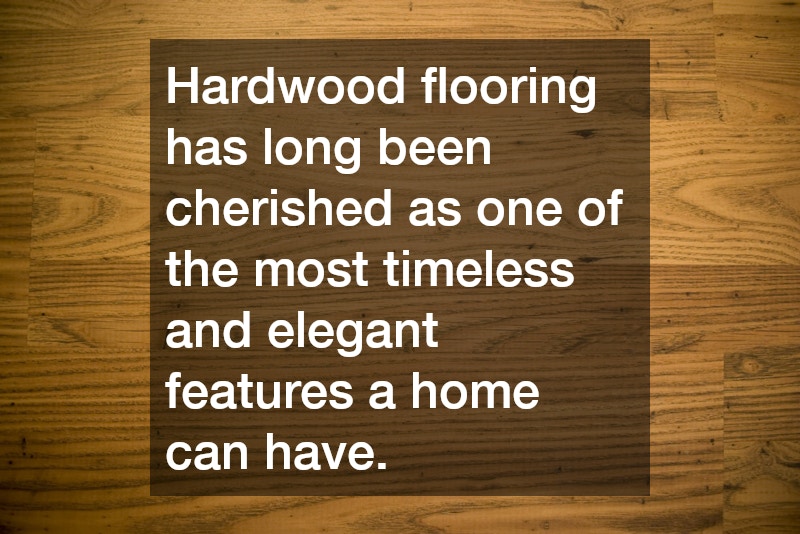Hardwood flooring has long been cherished as one of the most timeless and elegant features a home can have. With its natural beauty, durability, and ability to complement nearly any style of décor, hardwood is often a selling point in real estate and a centerpiece for homeowners. However, like all surfaces, hardwood floors are not immune to wear and tear. Scratches, dents, fading, and dull finishes can accumulate over time, leaving what was once a stunning surface looking tired and lifeless. Fortunately, there is a solution: hardwood floor sanding.
Why Hardwood Floors Lose Their Luster
Everyday living inevitably leaves its mark on hardwood. From the shuffle of shoes to the occasional pet claw or dropped utensil, even the toughest finishes eventually begin to show signs of age.
Sunlight streaming through windows can also discolor sections of flooring, creating uneven tones. Moisture fluctuations in the home may cause wood to expand and contract, leading to cracks or separations.
While area rugs and routine cleaning help, they cannot prevent the natural wear that occurs over years of use. Once scratches, dents, and faded finishes accumulate, cleaning alone cannot restore their beauty. That’s where hardwood floor sanding becomes essential.
What is Hardwood Floor Sanding?
Hardwood floor sanding is a multi-step process that involves removing the top surface layer of the wood, including any old stain, sealant, or imperfections. Specialized sanding equipment smooths out the surface, eliminating scratches, stains, and unevenness. Once the wood is bare and level, new stain and protective finishes are applied.
This process doesn’t just “cover up” flaws—it resets the wood to a nearly new condition. By starting fresh, sanding prepares the floor for refinishing, ensuring that new stains and protective coats adhere evenly and last longer.
Restoring Beauty Through Sanding
The most obvious benefit of hardwood floor sanding is aesthetic restoration. Scratches vanish, dents disappear, and faded finishes are replaced with a smooth, consistent surface. The natural grain of the wood is highlighted again, giving the entire room a warmer, more inviting atmosphere.
Sanding also allows for design flexibility. Homeowners can choose to keep the same stain color or switch to something entirely new, perhaps moving from a light oak finish to a deeper walnut tone. This ability to customize makes hardwood floor sanding a versatile option for those who want to update their interior style without replacing the floors entirely.
Adding Value to Your Home
Beyond beauty, hardwood floor sanding contributes to the financial value of your property. Real estate professionals frequently emphasize the selling power of well-maintained hardwood floors. Potential buyers often associate gleaming hardwood with luxury, cleanliness, and longevity. A home with recently sanded and refinished floors often stands out on the market, attracting more attention and commanding higher offers.
Even if selling isn’t on the horizon, sanding and refinishing extends the lifespan of your flooring, preventing the need for full replacement, which can be significantly more costly. Properly maintained hardwood can last for generations, making sanding a smart long-term investment.
Professional vs. DIY Sanding
While the idea of sanding floors yourself might be tempting, hardwood floor sanding is best left to professionals. The equipment is heavy and requires skill to operate, and uneven sanding can permanently damage the wood. Over-sanding can thin the boards excessively, shortening the lifespan of your flooring.
Professionals bring the expertise needed to ensure the job is done correctly, from choosing the right grit levels for sanding to applying finishes evenly. They can also recommend the most durable stains and sealants, ensuring your newly restored floors remain beautiful for years to come.
Preparing for the Process
If you’re considering hardwood floor sanding, preparation is key. Furniture will need to be moved from the area, and dust precautions should be taken, even though modern sanding equipment often includes dust containment systems. It’s also important to discuss stain color and finish options with your contractor ahead of time to ensure your vision aligns with the final result.
After sanding, most floors require multiple coats of finish, each needing time to dry. This means you may not be able to use the space for several days, so plan accordingly. The temporary inconvenience is well worth the long-lasting benefits.
Hardwood floor sanding is more than a cosmetic fix—it’s a process that breathes new life into one of your home’s most valuable features. By removing imperfections, enhancing natural grain, and applying fresh protective finishes, sanding restores both beauty and function. Beyond the immediate aesthetic improvements, hardwood floor sanding adds long-term value to your property, improves home safety, and creates a healthier living environment.
For homeowners seeking a cost-effective way to rejuvenate their living space without the expense of replacement, this service is an ideal solution. Whether preparing to sell or simply wishing to enjoy your home to the fullest, investing in hardwood floor sanding ensures your floors remain a lasting source of pride and elegance.

